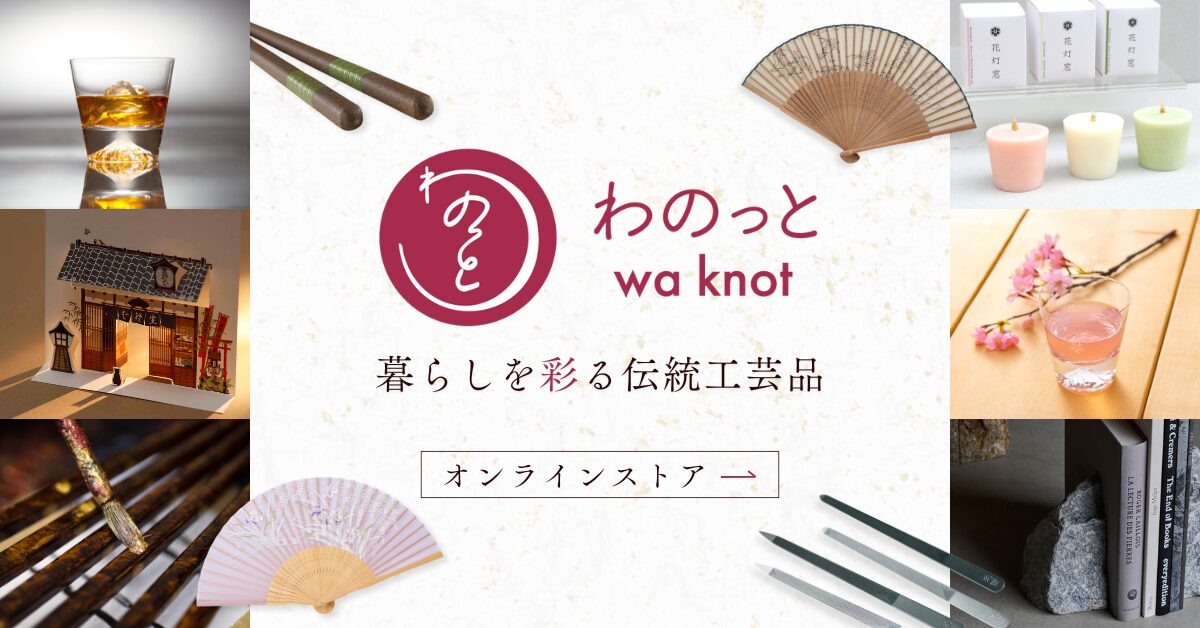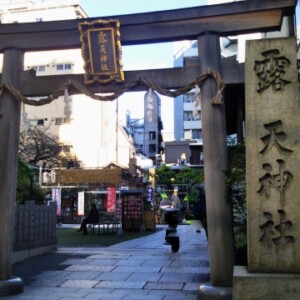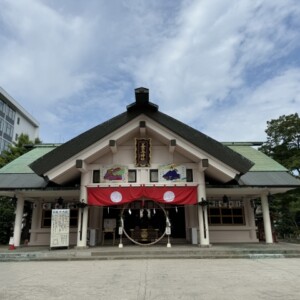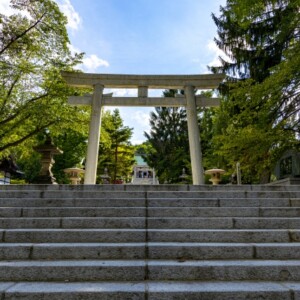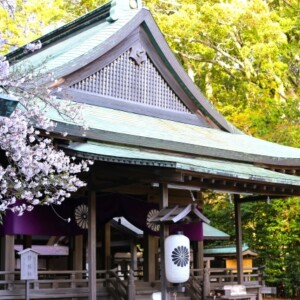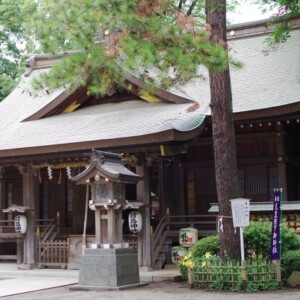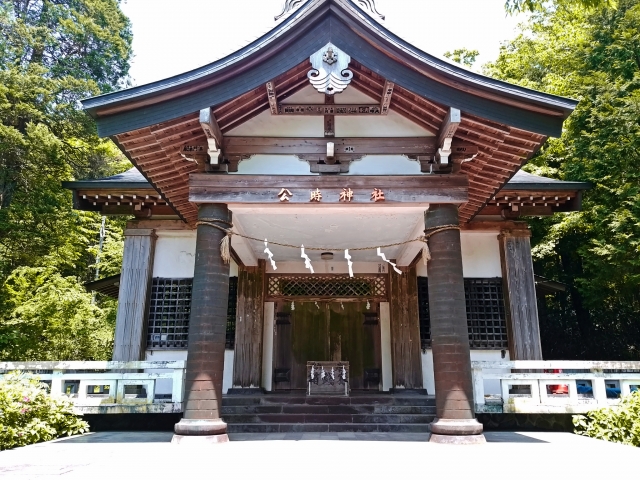
Koutoki Shrine|Complete guide to the history, highlights, and worship information of this historic shrine related to Kintaro
Kintoki Shrine, located at the foot of Mt. Kintoki in Sengokuhara, Hakone-cho, Kanagawa Prefecture, is a historic shrine dedicated to Kintoki Sakata, the model for the popular old tale Kintaro. Located at the trailhead of Mt. Kintoki, the shrine is visited by many worshippers who pray for the health of their children and the safety of mountain climbers.
Outline and basic information about Koutoki Shrine
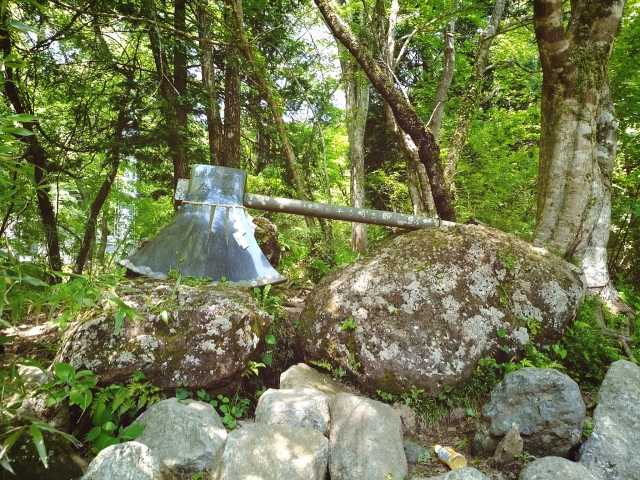
Koutoki Shrine is located in the Sengokuhara area at the eastern foot of Mount Kintoki, one of the peaks of the Hakone Outer Rim. It is positioned as a branch shrine of the Sengokuhara Suwa Shrine and continues to be loved by the local people.
History and Origin
It is not clear when Kintoki Shrine was founded, but it is closely related to the birth of the Kintaro legend on Kintoki Mountain in the Edo period. Initially, a festival was held at the site of the current Okuno-in (inner sanctuary) on the mountainside of Kintoki Mountain, but it temporarily fell into disuse during the Meiji period (1868-1912). Later, in 1933, the festival was resumed at the Okuno-in Temple, and in 1961, the shrine pavilion was built at the current location at the foot of the mountain.
Kintoki Mountain was once called Inogahana-dake (Mt. Inogahana), but during the Edo period (1603-1867), it became associated with the legend of Kintaro and became familiar with its current name. The mountain is dotted with strange rocks with various legends, such as “Temari-ishi,” which is said to have been used by Kintaro as a ball, “Kedoshi-iwa,” which is said to have been kicked off, and “Shukuri-ishi,” which is said to have been used as a dwelling place.
Gods of worship and benefits
The deity of the shrine is Sakata no Kintoki no Mikoto. Sakata no Kintoki was a samurai of the late Heian period, known as one of the Four Heavenly Kings in the service of Minamoto no Yorimitsu. His childhood name was Kintaro, and he was later depicted as a heroic figure in numerous legends and stories.
The main benefits of the shrine are prayers for child rearing and good health. In accordance with the anecdote of Kintaro, many visitors come to pray for the healthy growth and good health of their children. The temple is also popular as a place to pray for the safety of climbers, as it is located at the entrance to the Kintoki Mountain trail. Kintaro, the legend of the powerful Kintaro, is believed to give people courage and strength to face difficulties.
Highlights and Features of Koutoki Shrine
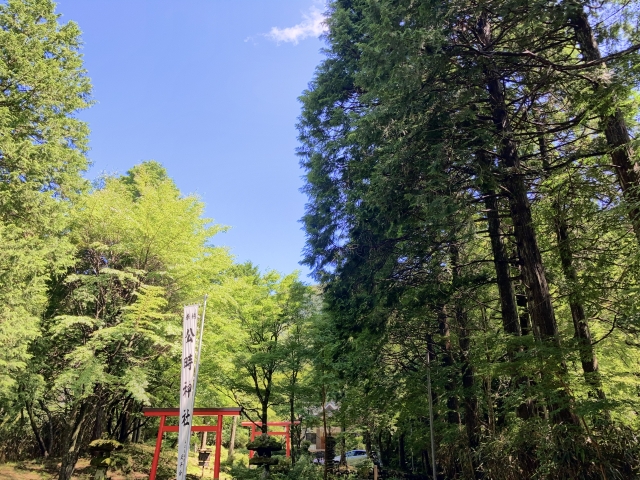
Koutoki Shrine is a sacred space surrounded by the natural beauty of Mount Kintoki and has many attractions. Various elements telling the legend of Kintaro are placed within the shrine grounds, leaving a deep impression on visitors.
Attractions of the Buildings and Precincts
Upon entering the precincts of the shrine, the first thing that catches the eye is the magnificent stone lantern and Ichino-torii (first shrine gate). The elegant stone lantern, covered with moss, evokes a long history. The shrine pavilion was built in 1961 and has a simple yet dignified appearance.
On either side of the main hall are large axes, the symbol of Kintaro, which are popular as a photo spot for visitors. The broadaxe has a realistic texture and is an impressive decoration that expresses Kintaro’s strength. There is also a ring for children’s sumo wrestling on the shrine grounds, where many children compete in a contest of strength during the Koto Festival.
At the back of the temple grounds, there is a clear spring water that creates a sacred atmosphere. However, please note that this water is not for drinking. In the fall, the temple grounds are covered in beautiful autumn leaves, which are at their best from early to mid-November.
Legend related to Kintaro and strange rocks
There are many legends related to Kintaro scattered around Kintoki Shrine. The most famous is “Kintaro-shukuuri Ishi,” where Kintaro is said to have lived. This huge stone is located where the Okuno-in Temple stands today, and in the old days, a festival was held here.
Kintaro-Temari-ishi” is a huge stone on which Kintaro played Temari (a Japanese game of chess), and its size tells us how powerful Kintaro was. The “Kedoshi Iwa” is the rock that Kintaro is said to have kicked away, and these strange rocks have been a valuable cultural heritage of the area since the Edo period.
Although these legends were popularized through the creation of joruri (dramatic dramas) and kabuki plays during the Edo period, they continue to be loved by the local people and are still passed down as part of the charm of Kintsugiyama.
Okuno-in (inner sanctuary) and sacred space
On the mountain behind the shrine is a small shrine on a rock called Okuno-in (inner sanctuary). This is the original shrine of the Koutoki Shrine and sits on top of the Kintoki Shukuri Stone. It is located about 15 minutes’ walk after the Kintoki Temari Stone, and in the old days, ceremonies were held in front of this shrine.
The path to the inner sanctuary is a light hiking course, allowing visitors to enjoy the natural beauty of Mount Kintoki. Surrounded by deep forest, visitors can experience a sacred atmosphere of tranquility. From the inner sanctuary, visitors can view the grandeur of Mount Kintoki and feel the majesty of this sacred mountain that has been held in awe by people since ancient times.
This Okuno-in is significant as the birthplace of the Koutoki Shrine and a special place for worshippers seeking a deeper sense of faith.
Guide to Prayer and Worship
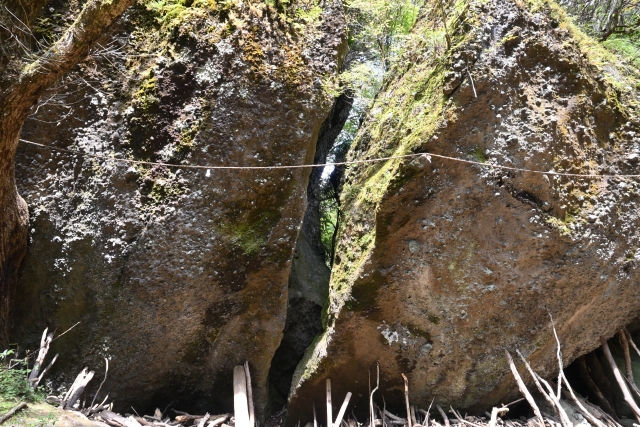
Koutoki Shrine welcomes worshippers throughout the year, especially those who come to pray for the health of their children in connection with Kintaro and for the safety of climbers on Mount Kintoki. Visitors can worship in peace and quiet in the warm atmosphere rooted in the community.
Worship Etiquette and Manners
Worship at Kouki Shrine is conducted in accordance with general shrine etiquette. When passing through the Ichino-torii (first shrine gate), bow lightly and walk on either side of the path rather than in the center. After purifying the body and mind at the Tezumisha, proceed to the main shrine building.
When visiting the shrine, the two men should bow in the manner of “ni-worship, two claps, one bow”. After paying money, bow deeply twice, clap your hands together in front of your chest twice, and finally bow deeply once. Many worshippers pray for the health of their children and for the achievement of their own goals, taking advantage of Kintaro’s strength.
Please be quiet in the shrine grounds and be considerate of other visitors when taking pictures. Taking commemorative photos in front of the large broadaxe is popular, but it is important to take photos in the correct order. Since many visitors come to the temple before or after climbing the mountain, the atmosphere is warm and welcoming regardless of equipment or clothing.
Gongji Festival and Yutate Shishimai (Lion Dance)
Every year on May 5, Dragon Boat Festival, the “Gongji Festival” is held in grand style. This is an important festival associated with the legend of Mount Kintoki and Kintaro, and is held to pray for the good health of children. On the day of the festival, bearskin and a large broadaxe are displayed on both sides of the main shrine, and irises and candy for Kintaro are offered in front of the shrine.
The highlight of the Kotoki Festival is the dedication of the “Yutate Shishi-mai (lion dance),” which has been designated a National Intangible Folk Cultural Property. The lion stirs hot water from a kettle with a bundle of kumazasa bamboo and sprinkles it on worshippers to drive away evil spirits.
The Yudate Lion Dance consists of seven dances: Miyamai, Hiramai, Kenomai, Gyonomai, Miyamemeguri no Mai, Kamameguri no Mai, and Shiho-gatame no Mai, and is dedicated for approximately two hours. Children’s Sumo wrestling, marathon running, and kendo are also dedicated during the festival, and the entire community comes together to celebrate the growth of the children.
Red Seal and Good Luck Charm Information
Visitors can obtain a beautiful red seal at the shrine. The shrine office can carefully write red seals for you, and you can also receive a red seal for the Sengokuhara Suwa Shrine at the same time. When requesting a red seal, please ask at the shrine office.
The warm hospitality extended to visitors is one of the features of the Kojiki Shrine. While visitors are writing red seals, local people sometimes offer warm tea and homemade sweets, which is a heartwarming service especially for visitors who are tired from climbing a mountain.
As for amulets, most of them are prayers for children’s health and safety. The amulets for strength and health, named after Kintaro, are popular among families raising children and students preparing for entrance exams. Please ask at the shrine office when you visit the shrine for more information about the details of the awarded items.
Access and Usage Information
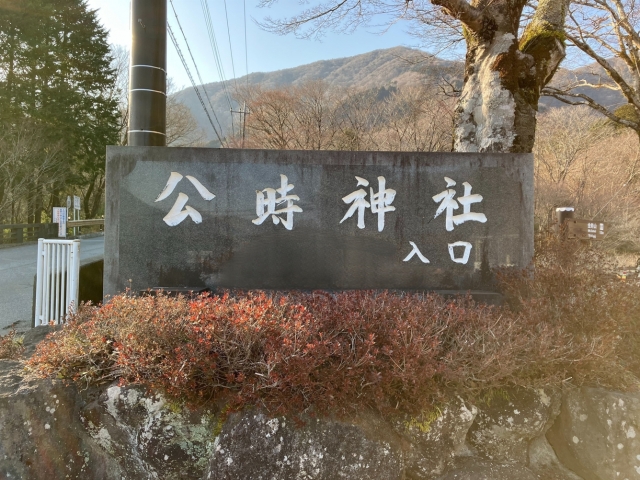
Koutoki Shrine is located at the trailhead of Mount Kintoki and is accessible by both public transportation and private vehicles. It is located in a rich natural environment, yet is relatively easy to access.
Transportation Access
By train and bus, the nearest station is Hakone Tozan Railway’s Hakone-Yumoto Station. From Hakone-Yumoto Station, take the Hakone Tozan Bus bound for Togendai, which takes about 25 minutes to arrive at Sengoku Information Center. There, change to the Odakyu Express Bus bound for Gotemba Station, and in about 2 minutes you will arrive at the “Kintoki Jinja Iriguchi” bus stop, from where it is about a 7-minute walk to Kintoki Shrine.
An alternative route is to take the Hakone Tozan Bus bound for Togendai from Hakone-Yumoto Station to the Sengoku stop, which takes about 25 minutes and is then a 15-minute walk. This route does not require a transfer and may be easier to understand.
If using a private car, access from the Gotemba Interchange via Route 138. The Kintoki Driving Range is a landmark, and passing by it in the direction of the trailhead, you will arrive at the Kintoki Shrine. Kontoki Shrine is located in Kintoki Park.
<Address> 1181 Sengokuhara, Hakone-cho, Ashigarashita-gun, Kanagawa Prefecture, 250-0631
Hours of Operation, Fees, and Parking
Kouki Shrine is generally open for worship 24 hours a day, but it is recommended to check in advance about the hours of operation of the shrine office and the hours of availability of red seals. No fee is required, and anyone is free to visit the shrine.
Free parking space is available for approximately 30 cars. However, early arrival is recommended, as the parking lot can be full on weekends, holidays, and during the climbing season. If the parking lot is full, paid parking is available nearby.
Many visitors come to the temple to also climb Mt. Kintoki, and visitors are welcome to bring climbing gear. Toilets are also provided, making it convenient for use before or after climbing the mountain. In winter, there is a possibility of snow accumulation, so please check the road conditions before you go.
Phone/Fax: 0460-83-8232
Reference sites
Hakone-cho Sengokuhara Kintoki Shrine (Kintoki Shrine) official website: http://www.kintokijinja.com/
Hakone-cho Tourist Association official website: https://www.hakone.or.jp/521


